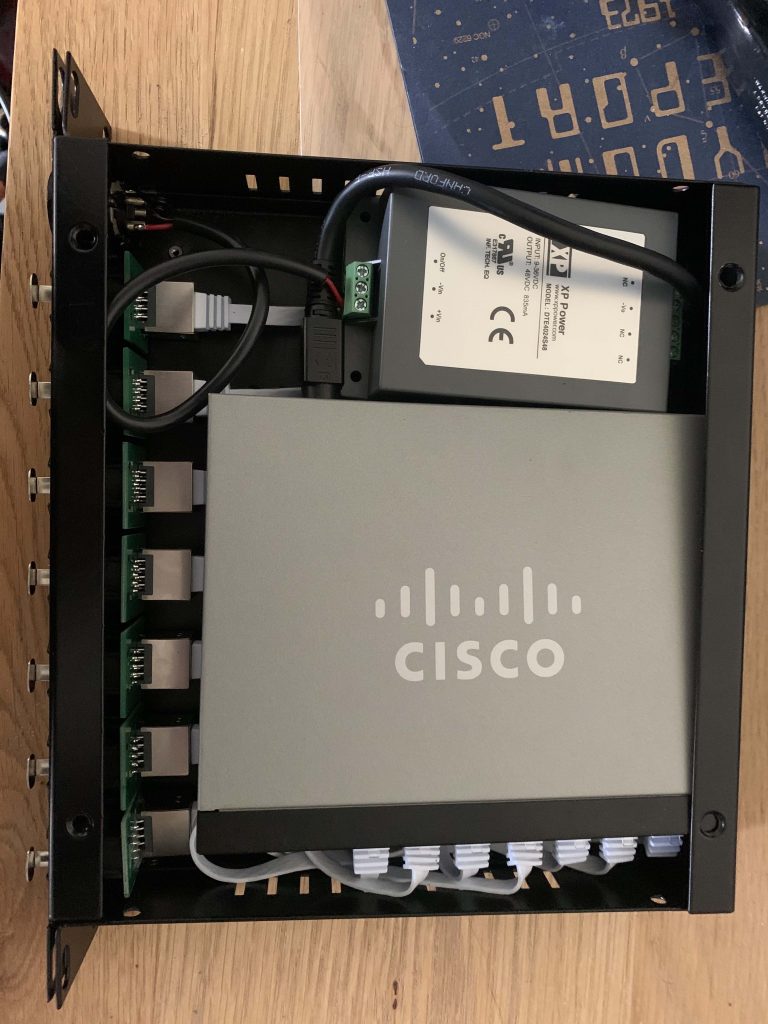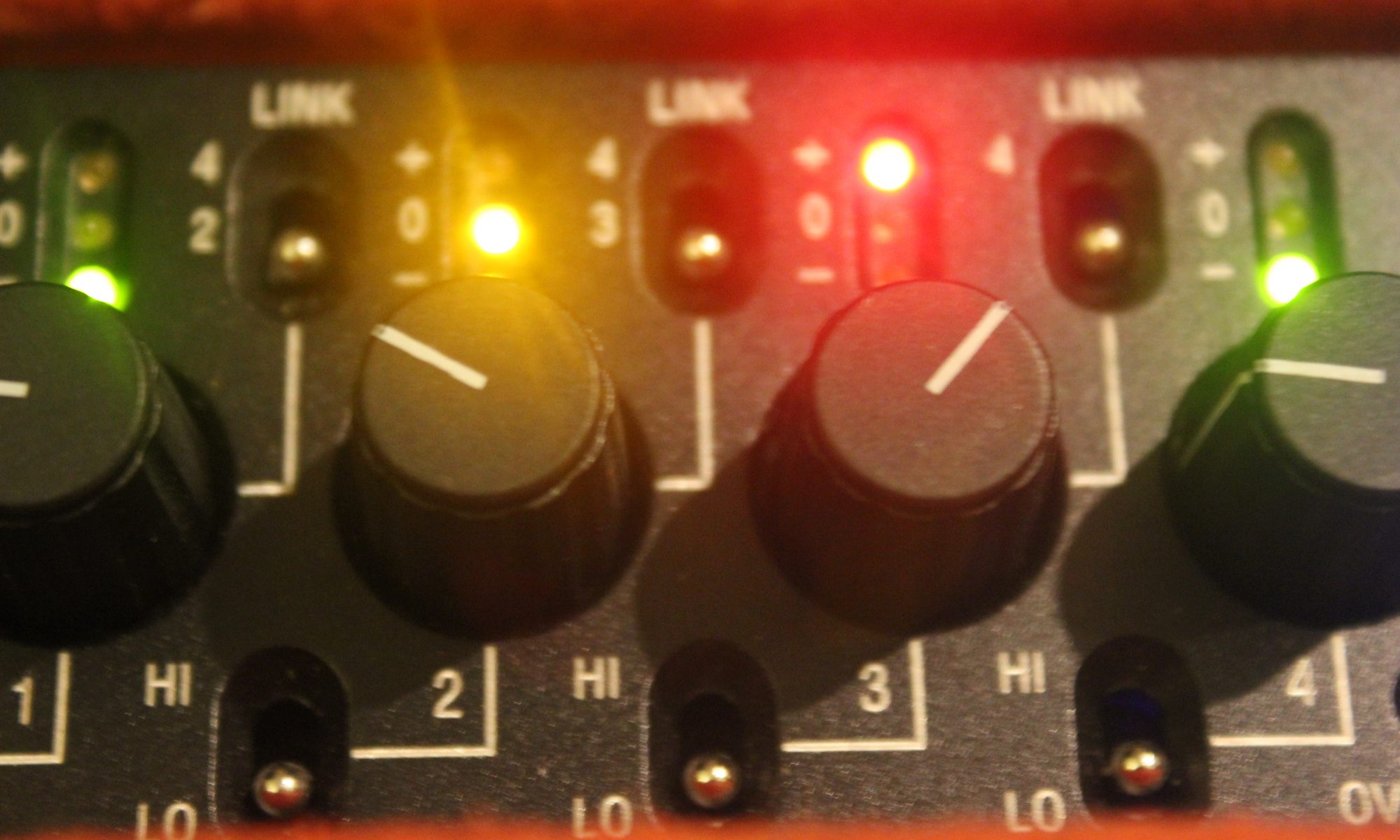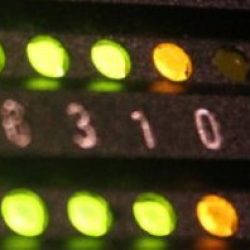
What do you need one of those for?
We’re starting to see more useful products using audio over IP, all of which need switches to connect multiple devices together. This is effectively a patchbay for these devices, however the routing is determined in the devices themselves, while the switch is effectively the patch cables sending the data to and from the right destinations. Here’s an overview of what a switch does and how it works: https://www.oreilly.com/library/view/ethernet-switches/9781449367299/ch01.html
Specifications
I’m mainly going to be using this one using Audiante Dante, which is a proprietary audio over IP system. This will work using most off the shelf switches, however they do recommend using a managed switch, especially if there’s going to be other data on the network. It need to be able to carry gigabit ethernet, supply power over ethernet, have over 5 locking ports and run off 12V DC power. And not make any noise.
Unfortunately I couldn’t find any switches on the market that fulfilled all those specs, so I’ll have to adapt one
Starting points
To begin with, I need a switch. One that ticked most of the boxes was the Cisco SG250-08HP. The Cisco SG250 series seem to be one of the more frequently recommended switches used for Dante networks. This is the smallest one in the series which can supply PoE. However, it comes with a (rather hefty) 52V PSU. It also doesn’t come with ethercon connectors, they seem to only be on some more specialised switches for the AV industry (all of which seem to have mains supplies)
Power
In order to get the switch to run off 12V, it needs the voltage to be increased with a DC-DC Converter to something approaching the 54V specified on the input of the switch. I say approaching, because I had a 48V DC-DC converter which I’d previously been using to power another PoE switch. It also already had the Kycon KPPX-4P connector on and had the same wiring (which is fortunate as that took some finding…).
I’m not sure exactly what the power draw of the switch is, however it can supply up to 45W of PoE. The mains power supply which comes with the switch is just short of 60W (54V at 1.1A).
The DC-DC converter I’ve used is only 40W at 48V- the switch seems to run fine on it though, however there isn’t enough power to run the full capacity of PoE devices. There is a bigger 60W model, however it is bigger and may be difficult fitting it into the case.
Casing
My intended use for this is to mount it on a Soundcart MiniCart. This has 10.5″ ‘half rack’ mounting points, which seems to be a ‘half-standard’, as there’s another 9.5″ half rack spacing. This seems to work with most boxes which are designed to be mounted side by side in a rack by putting both rack rears on the same box, although they’re not really designed for this.
I’ve used some off the shelf parts from a metal fabrication company, however there were a few issues getting things to fit- all 8 ethercon ports won’t fit on the panel and still get in the enclosure- and the 4 pin power connector just fits, with some filing down of the sides! The case itself is steel, so has a fair bit of weight to it.
Connectors and Cables
I opted for the ‘feedthrough’ ethercon connector as otherwise there was a lot of soldering involved. I also realised that regular moulded RJ45 cables wouldn’t fit in the chassis, so had to swap them out for low profile flat ones. This put the build of this back a week. These are probably less hardwearing, however won’t be moving about in the chassis.
I did consider some of the more weatherproof connectors, and even bought some flip down panels– however they were fouling each other when packed together that densely. Given there are holes in the chassis for airflow (which the switch and PSU will need), it seemed a bit much fully weatherproofing the connectors, which would have added further cost
Layout
It ended up all being a bit tighter than expected- I originally imagined the switch ports behind the ethercon connectors. This way, however does allow you to look through the side vents to see LEDs

I want one!
I’ve had a few expressions of interest in people buying these- there might need to be a bit of refinement of the metalwork, including a little more space and an extra output for the 8th port. This is currently a prototype but let me know if you’re interested in one- it’ll need a few refinements, but I could potentially get a run of these put together. Back of an envelope costs are around £300+vat for the whole thing

